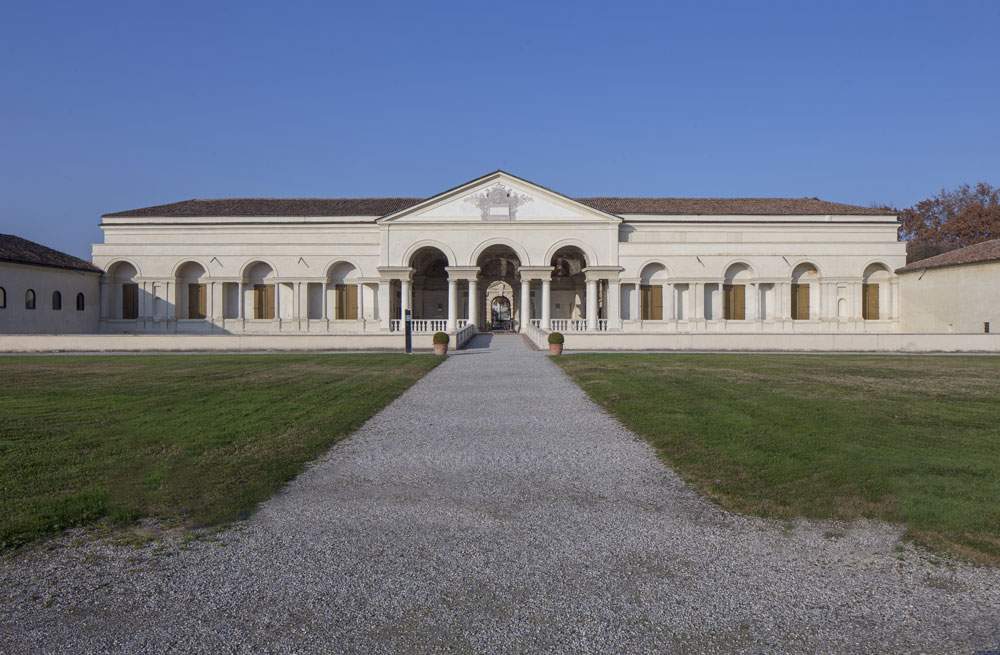How was the goddess Venus depicted from antiquity to the seventeenth century? An exhibition on the subject at Palazzo Te
It concludes with Venus. Nature, Shadow and Beauty, curated by Claudia Cieri Via, the exhibition project Divine Venus. Harmony on Earth produced by Fondazione Palazzo Te. The entire project had been inaugurated in March with The Myth of Venus at Palazzo Te, which was followed by the exhibition of Venus Blindfolding Love by Titian. Now the third stage has been set up at Palazzo Te in Mantua and will be on view until December 12, 2021. Finally, December will see the exhibition of Moretto’s painting Venus with Cupid (1545-50ca) from a private collection in Mantua.
Venus. Nature, Shadow, and Beauty has a scientific committee composed of Stefano Baia Curioni, Francesca Cappelletti, Claudia Cieri Via, and Stefano L’Occaso, and counts important international loans (from the Vatican Library to the Musées royaux des Beaux-Arts de Belgique in Brussels, from the Thyssen-Bornemisza Museum in Madrid to the Uffizi Galleries in Florence, to the Akademie der bildenden Künste in Vienna) to give the public a unique opportunity to explore the different faces of Venus in sixteenth-century European and Italian art and to retrace imagery and representations still capable of fascinating
From Lucas Cranach to Peter Paul Rubens, from Roman coins to Books of Hours, from Dosso Dossi to Guercino, from Paris Bordon to Veronese, the exhibition aims to restore the mutability of theimage of the goddess along a time span from the second century B.C. to the seventeenth century.
Divided into nine sections, the exhibition opens with examples of ancient statuary, depicting a celestial and intangible Venus as a symbol of perfect beauty and virtuous love, along with a precious copy of Lucretius’ De Rerum Natura that belonged to Pope Sixtus IV. It continues with other important illuminated manuscripts in which the goddess is the protagonist of fables and myths about nature in which her powers and events materialize. Veronese’s painting Venus and Mercury Present to Jupiter Eros and Anteros, preserved in the Uffizi Galleries, depicts a Venus presiding over generation and amorous pleasures, a good nuptial omen. Venus genetrix, also present in two of the ancient coins on display in the exhibition, oversees harmony with nature, a crucial aspect in the design of Renaissance villas.
There are also works consecrating Venus as goddess of beauty in which Venus is the light nymph characteristic of Renaissance depictions that have come down to the present day, in the figures of Gradiva or the dances of Isadora Duncan. But if Venus is vitality and movement, she can also be an image of the awakening of the senses and nature, as in Dosso Dossi’s work from the Magnani Collection in Bologna.
The depiction of Venus, nude and perfect, also opens a window on the theme of the model: the idea that a contemporary beauty could be taken as a subject emerges at the beginning of the 16th century, when the existence of living Venuses, the inspiring muses of artists, was theorized. The exhibition continues in the rooms of Palazzo Te, where Venus is always depicted. With her are measured contemporary women whose images are grouped, like those of the goddess and ancient heroines, in thematic rooms, called the rooms of the Belles from which Jacopo Zucchi’s oil on copper painting La pesca del corallo (The Coral Fishery) also comes.
The complex and elusive nature of the goddess and her depictions is also evidenced by a look at the magical and irrational forces humans draw on when it comes to conquering a reluctant lover; potions and spells are tools of Venus, but of an inverted, dangerous, deceptive Venus found in the works of Lucas Cranach, Albrecht Dürer, Dosso Dossi and veiled in Paris Bordonproven painting from the Thyssen-Bornemisza collection in Madrid. The exhibition concludes with a section devoted to Venus Victrix where, among others, we find Peter Paul Rubens’s The Judgment of Paris from the Akademie der bildenden Künste in Vienna and Guercino’s Venus, Cupid and Mars, a masterpiece that draws the viewer inside the painting, involving him or her in an intimate dialogue with the deity.
Accompanying the exhibition is a catalog published by Skira with essays by Claudia Cieri Via, Roberto Nicolai, Giuseppe Capriotti, Philippe Morel, Massimiliano Simone, Emilio Russo, Francesca Cappelletti, Stefano L’Occaso and an introduction by Stefano Baia Curioni.
The project is organized and produced by Fondazione Palazzo Te and Museo Civico di Palazzo Te, promoted by the Municipality of Mantua with the patronage of MiC, the contribution of Regione Lombardia and Fondazione Banca Agricola Mantovana, the support of Amici di Palazzo Te and Musei Mantovani, and the technical support of Glas Italia, Pilkington, iGuzzini. The exhibition project is curated by Lissoni Associati, the graphic design is developed by Lissoni Graphx.
 |
| How was the goddess Venus depicted from antiquity to the seventeenth century? An exhibition on the subject at Palazzo Te |
Warning: the translation into English of the original Italian article was created using automatic tools. We undertake to review all articles, but we do not guarantee the total absence of inaccuracies in the translation due to the program. You can find the original by clicking on the ITA button. If you find any mistake,please contact us.





























